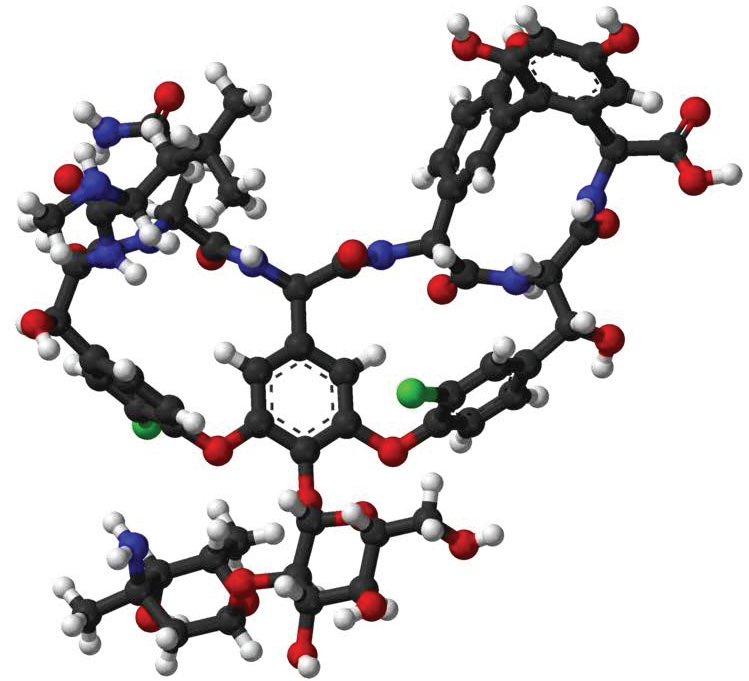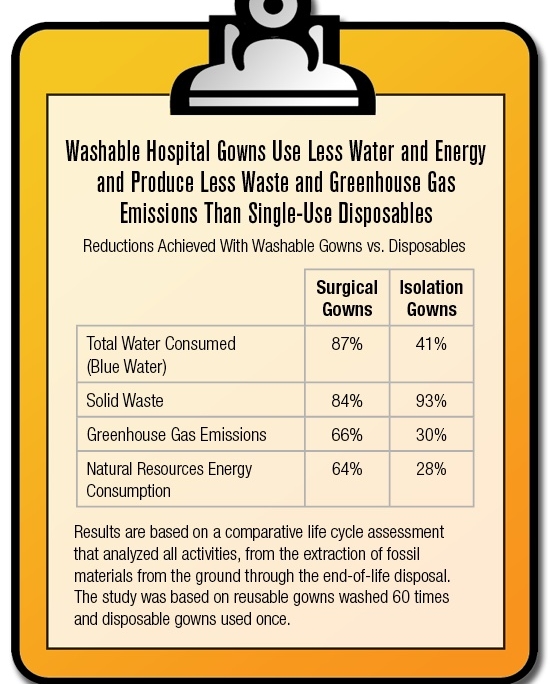Environmental Benefit Analysis of Plastic Bottle Recycling Processes
We understand the challenges of producing life cycle studies for chemicals and materials commonly used by manufacturers and we are the industry leader in providing solutions for the chemical industry. Read our published, peer-reviewed life cycle inventory (LCI) of polymer (plastic) recycling processes that reduced the carbon footprint of plastic bottles by 60-70% of the original, full supply chain.The Environmental Clarity database includes six such recycling options and more than 30 polymers.
Environmental Profiles of Active Drug Ingredients
As drugmakers face growing demands from regulators, investors, and customers for climate risk and emissions disclosures the need for Environmental Clarity’s advanced life cycle inventory (LCI) data and analytic capabilities has never been greater.
Our LCI database, the largest by a factor of five, houses the most full life cycle analyses of active drug ingredients and excipients available.
We’re experts in developing datasets for solvents, fine chemicals, and synthetic drugs to help fill LCI data gaps.
Our chemistry and engineering methodologies and advanced analysis provides detailed, transparent results for credible Scope 1, 2, and Scope 3 reporting, as welll as insights for improvements in manufacturing processes, supply chains, and environmental outcomes.
Recycled Plastics vs. Fossil Fuel Products Comparative Life Cycle Assessment
Plastic recycling combined with the avoided waste activities was compared to the virgin production required to produce the equivalent products. The difference is the net benefit from the Brightmark process. Overall, Brightmark’s process saved 82% of natural resource energy, 39% of carbon footprint based on U.S. waste management, 139% of carbon footprint based on regions with a 50% incineration rate, and it saved 46% in water loss.
Transparent LCI Data to Fill Data Gaps
When a Japanese government agency charged with conducting R&D to promote the country’s agriculture and food industries sought LCI data for a project on crop management, it couldn’t find the data it required in any of the large, compiled databases.
The National Agriculture and Food Research Organization (NARO) turned to us for the crop protection chemical data it required. We provided LCI data for more than eight herbicides, pesticides, and fertilizers that NARO wanted to research.
Our datasets allowed NARO visibility of the supply chains at a much higher level of transparency than previously existed and we provided process emissions throughout the supply chains, which the agency valued. One of the products for which we provided LCI data was glyphosate, the active ingredient found in the herbicide Roundup.
Reusable vs. Disposable Hospital Gown Comparative Life Cycle Assessment
The American Reusable Textile Association (ARTA) used our data for comparative LCAs to make a powerful case for washable versus single-use isolation and surgical gowns, protective garments worn by hospital personnel.
The isolation gown LCA was conducted with 24 gowns from eight suppliers representative of the overall market. The cradle-to-end-of-life analysis included all activities from natural resource extraction to manufacturing of the gowns and packaging, use and/or reuse in healthcare settings, end-of-life landfill disposal as well as laundry operations in the case of the reusable gowns. Altogether, 144 unique gate-to-gate LCIs were conducted to complete the LCA.
Later, seven reusable and 11 disposable surgical gowns representative of the market were examined. The scope of the study covered the complete supply chain, including calculations for laundering, sterilization (if needed), and wastewater treatment operations for the reusable gowns and landfill for disposable gowns. The cradle-to-end-of-life examination required 245 LCIs.
The studies clearly showed that reusable isolation gowns and surgical gowns provide large environmental benefits versus their disposable counterparts.
Both LCAs were peer reviewed and published in professional publictions. The surgical gown LCA appeared in The AORN Journal, a journal for operating room nurses. The isolation gown LCA was published in The American Journal of Infection Control.





